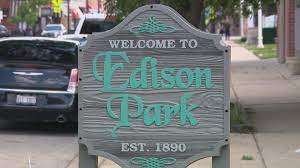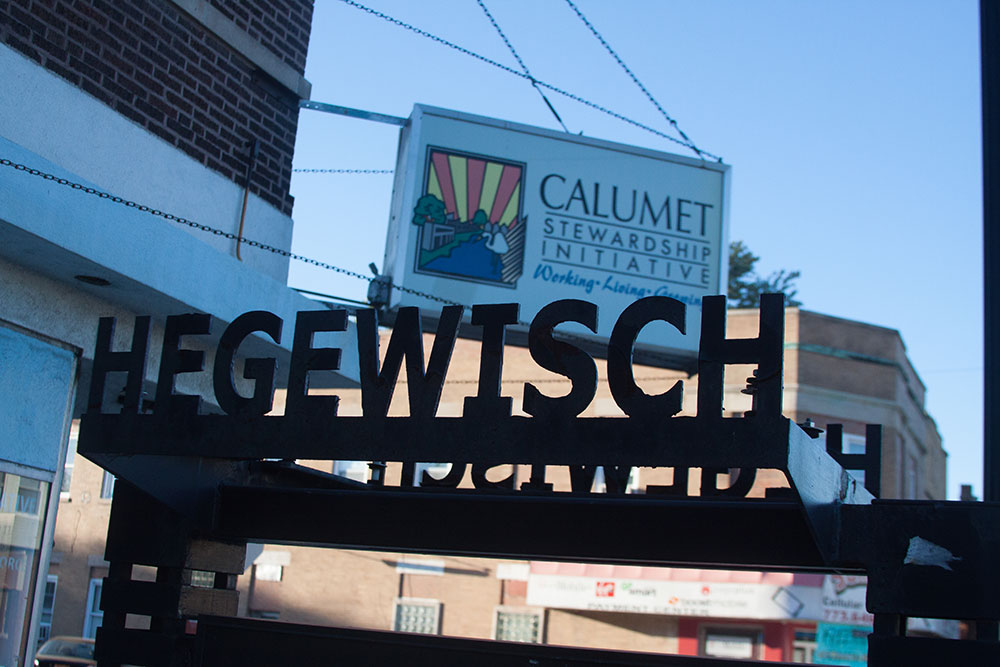
Situated at the far southern tip of Chicago, Hegewisch provides a unique blend of urban and rural living. Perfect for families, it’s a true gem. The area is surrounded by a variety of bodies of water, meaning you can be at a lake or river in no time. Much like a small rural town, the majority of shops and eateries in Hegewisch are on Baltimore Avenue. Local favorites include no-frills diners, Chicago-style hot dogs and pizza, as well as a few neighborhood taverns for entertainment.
Hegewisch is a Chicago community area located on the city’s far south side and is bordered by Riverdale and South Deering to the west, East Side to the north, the village of Burnham to the south and the city of Hammond, Indiana to the east. The area was named for Adolph Hegewisch, the president of U.S. Rolling Stock Company, who laid out the town in 1883 with the intention of creating a “workingman’s community”. Six years later, Chicago annexed the area.
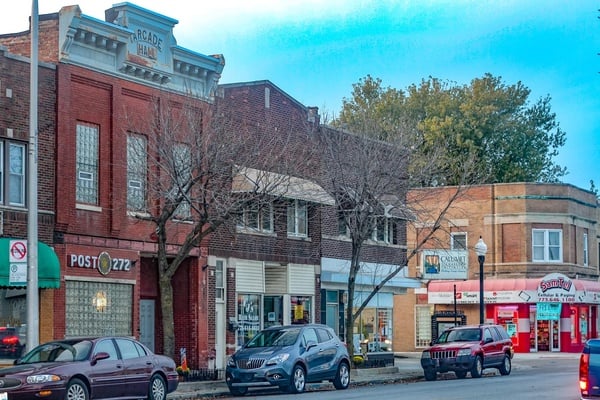
Before the coming of American settlers, the region was the domain of the Potawatomi people. In 1837, Hegewisch together with the area that now makes up a majority of the South Side of Chicago, got incorporated into Hyde Park Township. A decade later, the last Potawatomi people left the area. Ten years after, Adolph Hegewisch, president of U.S. Rolling Stock Company, chose the area to construct a company town. He announced plans to build two canals; one was to shorten the Calumet River and the other was to link Wolf Lake and Lake Michigan. However, his plans did not come to fruition due to lack of funds. In 1889, Hyde Park Township was annexed into the City of Chicago. After the annexation, Adolph Hegewisch passed away and his business was merged with Pressed Steel Car Company. During the early 20th century, the area became a residence of a great number of steel mills. A surge of Polish immigrants came to Hegewisch to work in the steel mills. In the 1930s, the Steel Workers Organizing Committee became active in the district. Eventually, they succeeded in having Carnegie-Illinois Steel Company recognize the union. This emboldened them and they staged a strike against smaller steel companies. When the workers tried to march on Republic Steel, they were attacked by the Chicago Police Department. Ten unarmed workers were killed and hundreds were wounded. In the 1970s, the trend of employment in the steel industry began to decline, adversely affecting places that were dependent on steel mills. In 1980, Wisconsin Steel shut down its South Deering mill, leading to a high rate of unemployment in the area. Further closures worsened the situation.
During the economic downturn, multiple economic development projects were suggested. In 1990, Mayor Richard M. Daley proposed the Lake Calumet Airport, which would have necessitated the destruction of Hegewisch, Burnham, and portions of Calumet City. The airport proposal encountered strong opposition from Hegewisch locals. After being met with opposition from Pate Philip and doubts regarding the airport’s expense, Daley declared the plan “dead” and shifted his attention to plans for expanding O’Hare International Airport. Although Hegewisch experienced the shrinking of heavy industry, the area was not as adversely affected as other neighborhoods such as South Chicago and Pullman. Presently, Hegewisch is a steady middle and working-class community, with household income levels that are on par with the city of Chicago in general, as well as below-average crime and poverty. Many city police and firefighters live in the neighborhood.
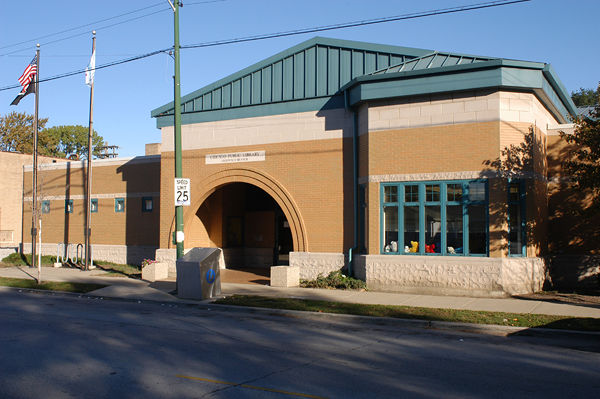
Hegewisch is bordered by 128th Street on the north, the Illinois-Indiana state line on the east, Brainard Avenue (138th Street) on the south, and various points of W Burley Ave, Torrence Ave, and the Bishop Ford Freeway on the west. It is the only region in Chicago with 475 acres of open space and 536 acres of vacant space. 375 acres of single family residential housing, 34 acres of multifamily residential housing, 47 acres of commercial development, 308 acres of industrial development, 17 acres of institutional and 7 acres of mixed use development make up the developed land. Wolf Lake, Mann Park and Powderhorn Prairie Marsh Nature Preserve are natural amenities in the area, with Wolf Lake being part of the William W. Powers State Recreation Area.
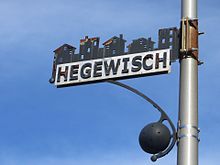
Hegewisch is composed of three segments – Old Hegewisch, Arizona, and Avalon Trails. Old Hegewisch is the oldest, established by Adolph Hegewisch in the 19th century, and is bounded by 138th Street, 130th Street, Torrence Avenue, and Avenue O. Arizona, so named for its sandy soil and native cacti, is east of Avenue O and north of 138th Street; it’s also known as “the Avenues” due to its alphabetically named streets. The newest area, Avalon Trails, was developed in the 1960s and is found north of 130th Street, east of Torrence Avenue, and west of Baltimore Avenue. Harbor Point Estates, the city’s only trailer park, is located east of Avenue F and was once the site of a landfill. As of 2014, it housed 190 manufactured housing units and 50 recreational vehicles. Multiple redevelopment initiatives have been proposed, including a 2008 plan to turn the trailer park into a large subdivision and a 2014 plan for expansion, but the former was cancelled after the subprime mortgage crisis and, as of 2017, the latter has yet to be realized.
